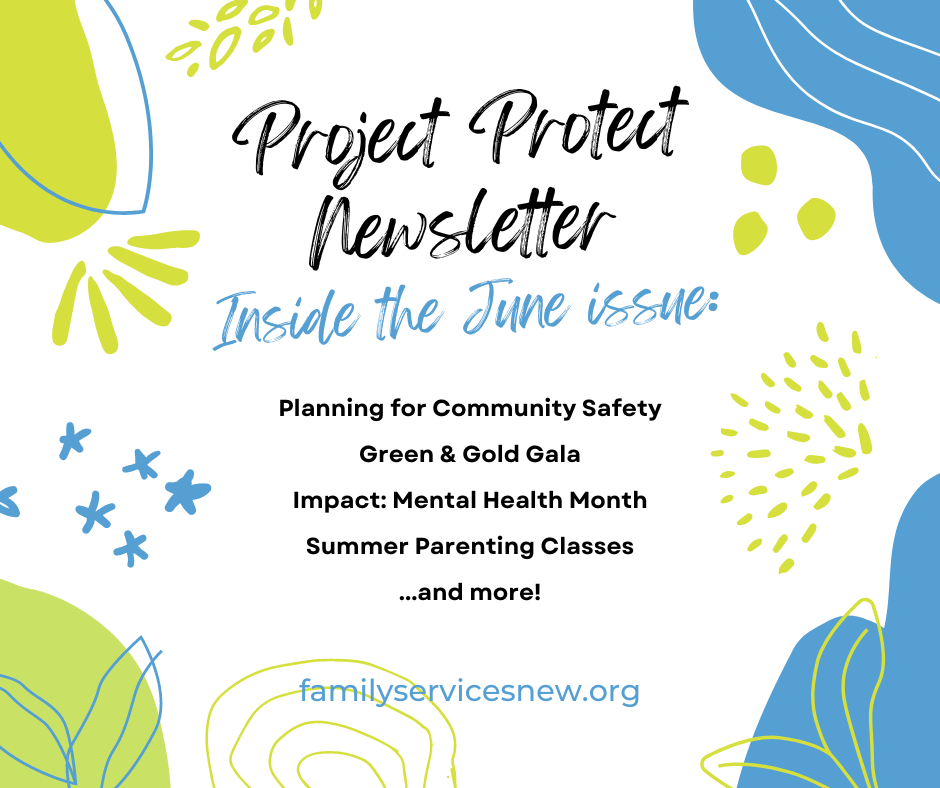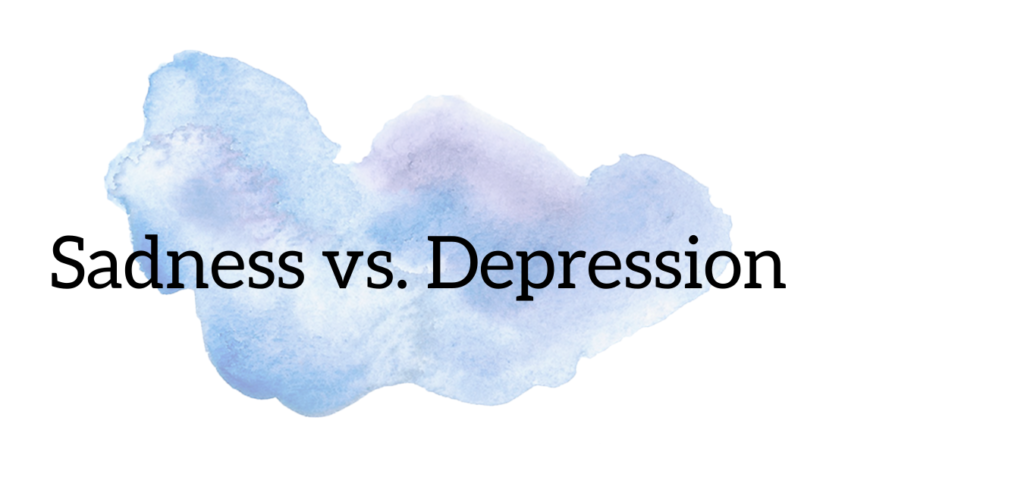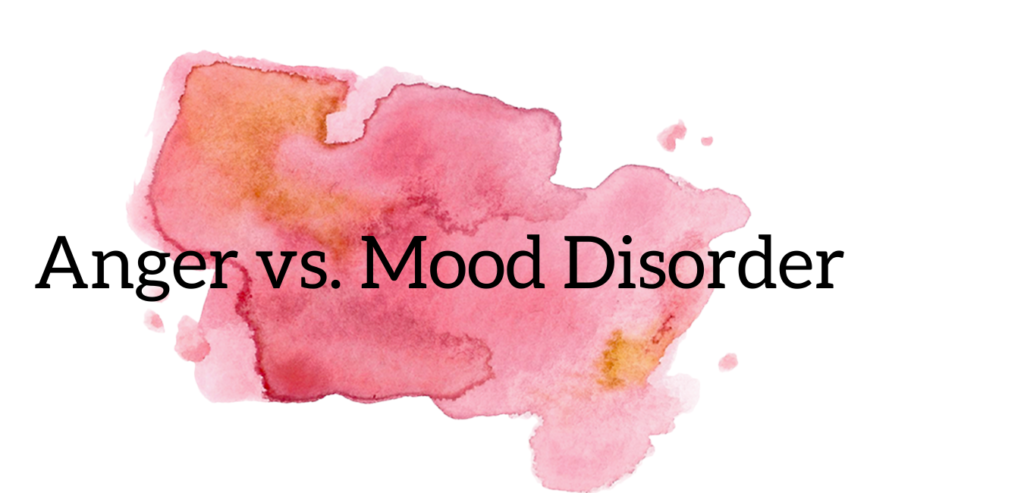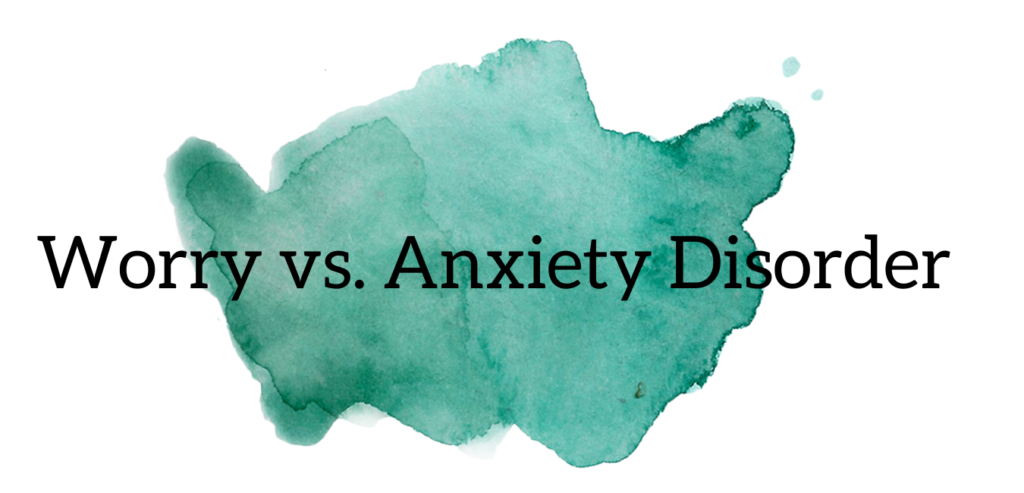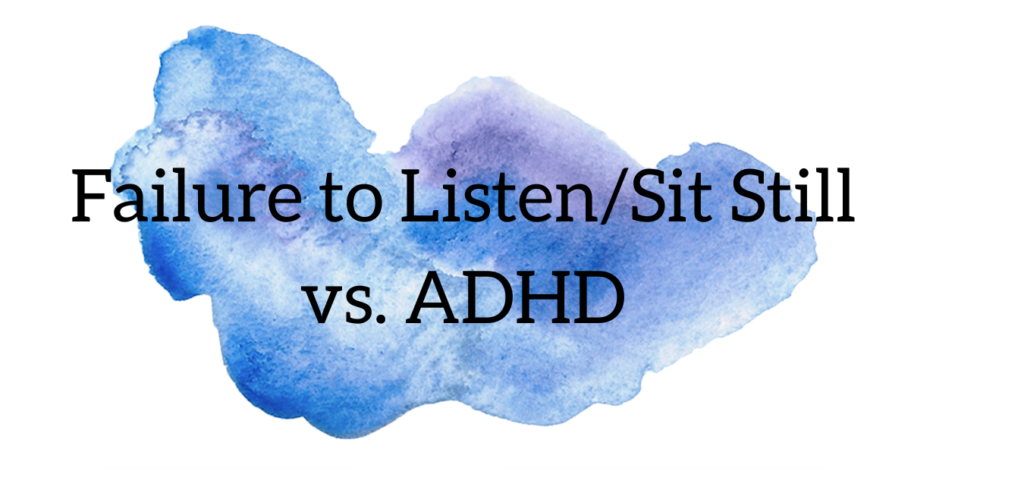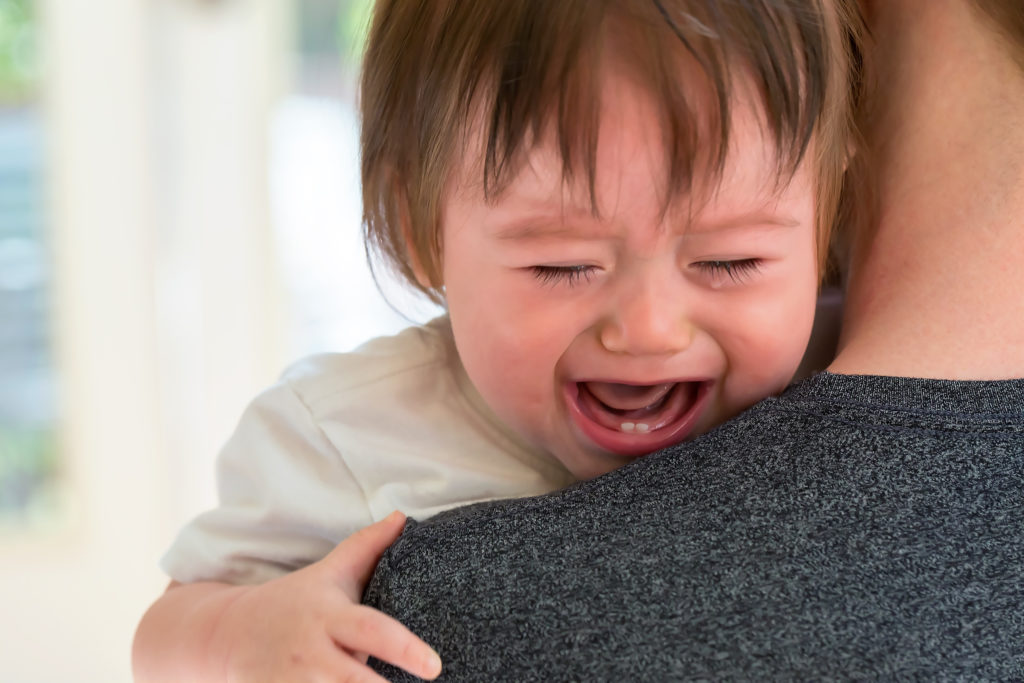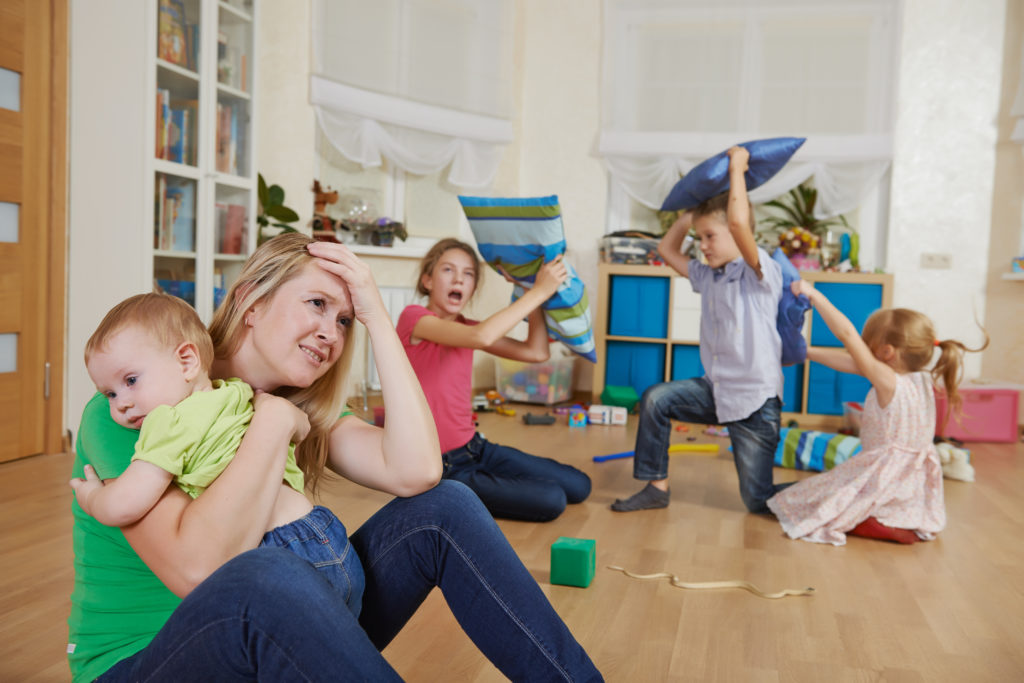3 Simple Strategies to Protect Kids from Abuse
The first step to preventing child abuse? Talking to children about it. An expert shares 3 tips that will help you start the conversation in ways that even very young children will understand.
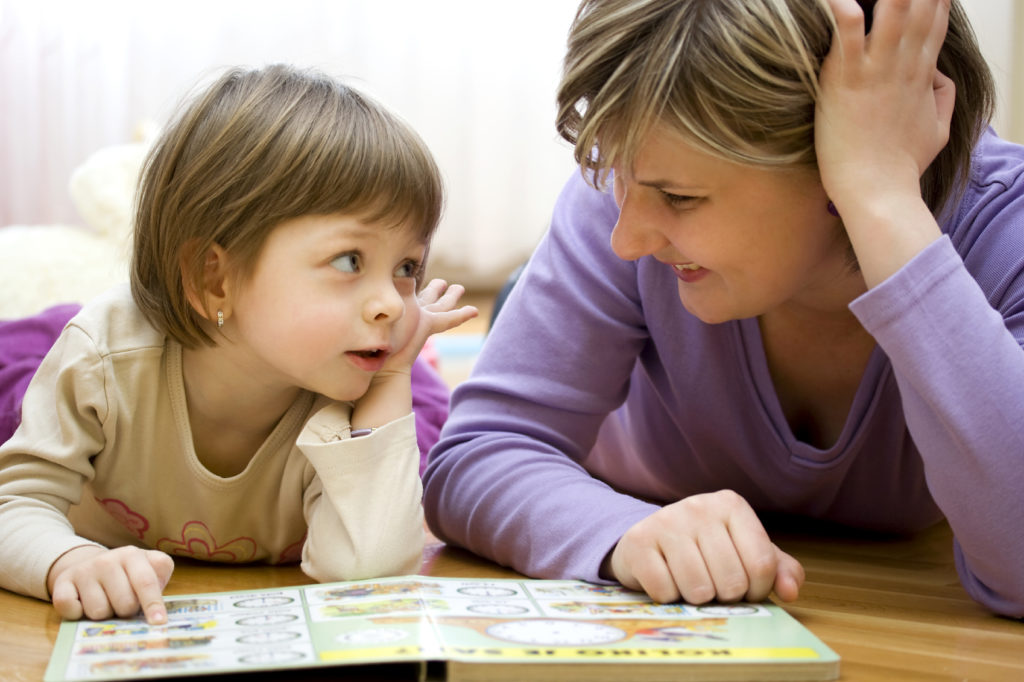
By Becca Wilbershide
Child Abuse Prevention Specialist
Willow Tree Cornerstone Child Advocacy Center
Child abuse is a topic most parents don’t want to think about discussing with their kids. Unfortunately, it is a conversation that must be had. If you haven’t talked to your child about abuse, it may be because you doubt your own perceptions of what abuse is and how it happens. You might be afraid that you or your child will accuse someone falsely. Or, you may be putting off the conversation out of fear that your child will reveal something that is painful to hear.
Talking to your child about abuse doesn’t have to be scary. Below you will find 3 simple strategies to help you have this conversation, as well as some tips on why talking about abuse is important:
Call Private Body Parts by Anatomically Correct Names
According to Psychology Today, when kids are comfortable using the standard terms for their private body parts, they have more protection against sexual abuse. If your child feels awkward talking about their body parts, or if they feel embarrassed about asking questions, they will be less likely to tell you if someone is touching them inappropriately.
Start using anatomically correct names from an early age. You can begin by referring to them during diaper changes, bath time, when the child is getting dressed and/or when it is time to potty train. If you are already using nicknames for private body parts, it’s okay to start using the correct names now. Make it clear that although your family has its own nicknames for private body parts, the correct names are what a doctor calls them. If you are concerned about your child getting in trouble with other adults by using the names, then let the child know that these are PRIVATE and they should not use the names in public places, like at school.
Make Household Touching Rules
Have your family all sit down at the table or maybe in the living room and work together to decide which touches you deem safe and unsafe. Display these rules in way that anyone in the family can see the rules at any time. While making the list, talk about touches that are safe and okay to do: hugs, high-fives, knuckles etc., and unsafe: hitting, slapping, kicking etc. Make it clear that the rules apply to everyone inside and outside your home.
While making your list of Touching Rules, be sure to include the “Clean and Healthy Rule.” This rule states that no one is allowed to look at or touch another person’s private body parts unless they are keeping them clean and healthy. For children, this typically means only doctors and parents. Touching or looking at private body parts under any other circumstance should be listed under unsafe touch. Having this rule will make it easier for your child to know the difference between good touches and bad touches.
Let Them Know They Can Talk to You
Let your child know that no matter what they tell you, that you will always have their best interest at heart. Tell that that you will always believe them and will always listen to them. Repeat, repeat, repeat. This lets the child know that you are someone they can trust and talk to if something bad is happening to them, without fear of getting in trouble for what is going on.
When it comes to child abuse there are some easy steps to help prevent it. Teach your children the correct names for their private body parts, make touching rules, and let them know you will always be a person that they can trust.
If you need help with any of these things or have questions please call Willow Tree Cornerstone Child Advocacy Center at 920-436-8881 and ask for Becca Wilbershide, Prevention Education Specialist. Prevention education is a free service provided by Willow Tree that is available to schools, parents, organizations, and more.



